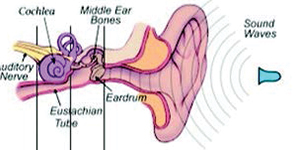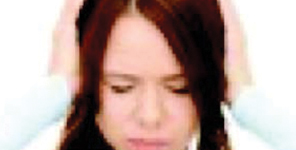Tinnitus

Perception of a noise in the ear, chronic or intermittent, sounding like a whistle, or rushing water or a buzzing or a hissing and more. Tinnitus is more common in people with TMJ disorders and is more bothersome in a quiet environment.
OMT
HELPS

Although tinnitus must be diagnosed by an ENT and assessed by an audiologists, given its multi-causal aspects, OMT may be assisting by normalizing orofacial functions and jaw stability, thus reducing or eliminating the symptom.
IF NOT
TREATED

Although tinnitus per se is not damaging, the TMJD, when that’s the cause of it, is responsible for many other symptoms, of which tinnitus is just one of them.

30. Tinnitus
–Buergers R, Kleinjung T, Behr M, Vielsmeier V. Is there a link between tinnitus and temporomandibular disorders? J Prosthet Dent. 2014 Mar;111(3):222-7. doi: 10.1016/j.prosdent.2013.10.001. Epub 2013 Nov 25.
–Tuz HH, Onder EM, Kisnisci RS. Prevalence of otologic complaints in patients with temporomandibular disorder. Am J Orthod Dentofacial Orthop. 2003 Jun;123(6):620-3.
–Bernhardt O, Gesch D, Schwahn C, Bitter K, Mundt T, Mack F, Kocher T, Meyer G, Hensel E, John U. Signs of temporomandibular disorders in tinnitus patients and in a population-based group of volunteers: results of the Study of Health in Pomerania. J Oral Rehabil. 2004 Apr;31(4):311-9.
–Rocha CB, Sanchez TG. E cacy of myofascial trigger point deactivation for tinnitus control. Braz. j. otorhinolaryngol. [online]. 2012, vol.78, n.6, pp. 21-26. ISSN 1808-8694. http://dx.doi.org/10.5935/1808-8694.20120028.